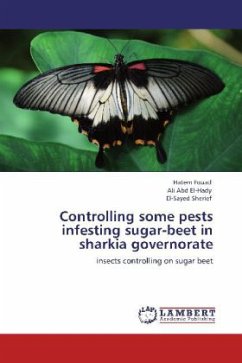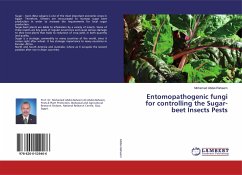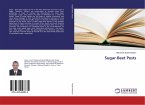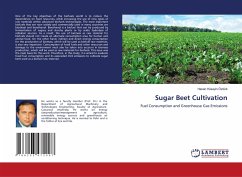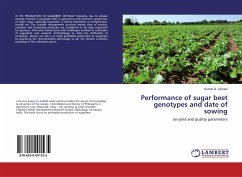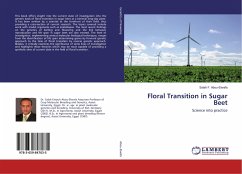Several numbers of insects attack this crop e.g. beet fly Pegomia mixta (Vill.), tortoise beetle Cassida vittata (Vill.) and the green beach aphid Myzus persicae (Sulzer) caused considerable damage in its yield. In Egypt found that tortoise beetle Cassida vittata was one of the most serious and abundant species causing damage in sugar beet plants . The beet fly P. mixta live within the leaf between the upper and lower surfaces, their feeding at first creates winding mines caused acute damage for sugar beet chlorophyll content. Different treatments have been used to control the tortoise beetle, beet fly, the cotton leafworm and the green beach aphid e.g. organophosphorus compounds, Carbamates, Bioinsecticides, and alternatives. Because of Sharkia Governorate was a new area of sugar beet cultivation, this locality was chosen to carry out the present study during two successive seasons 2008/2009 and 2009/2010.
Bitte wählen Sie Ihr Anliegen aus.
Rechnungen
Retourenschein anfordern
Bestellstatus
Storno

